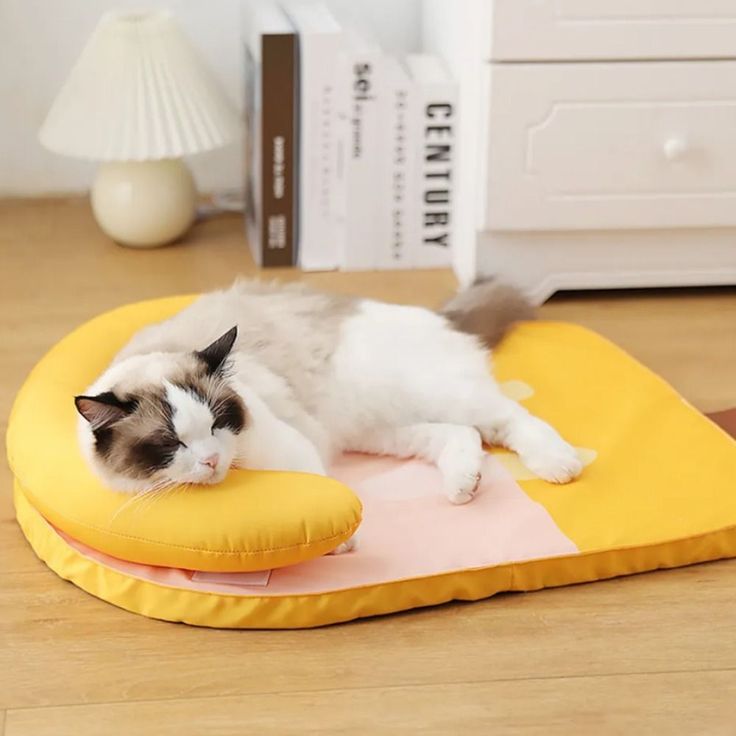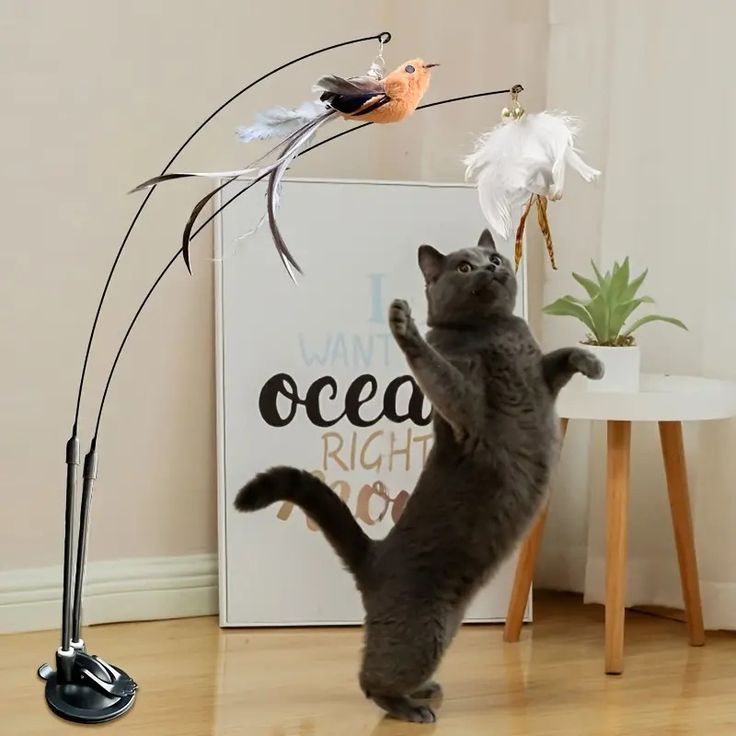
Why Cats Knead with Their Paws
Share
If you’ve ever observed your cat pressing its paws rhythmically into a soft surface like your lap, a blanket, or even another pet, you’ve witnessed a behavior known as kneading. This adorable action, often called “making biscuits” because of the kneading motion, is one of the most endearing and puzzling traits of domestic cats. But why do cats knead? Let’s explore the science, history, and emotions behind this unique feline behavior.
A Link to Kittenhood
Kneading is a behavior deeply rooted in a cat’s early life. As kittens, they instinctively knead their mother’s belly while nursing. This motion stimulates milk flow, ensuring they get the nourishment they need to grow. Even after weaning, this instinct remains a part of a cat’s repertoire, providing comfort and a sense of security.
When adult cats knead, it might be their way of recalling the warmth and safety they felt as kittens. The act releases endorphins, which can have a calming effect. This is why you may notice your cat kneading when they’re particularly relaxed or content.
Marking Their Territory
Cats are territorial animals, and kneading serves a practical purpose as well. Their paws contain scent glands that release pheromones. By kneading a surface, a cat leaves behind its unique scent, effectively marking the object as part of its territory. This behavior can explain why cats often knead their favorite human—they’re claiming you as their own!
A Sign of Affection
Kneading is also a way cats show love and trust. If your cat kneads on you, take it as a high compliment. It indicates that they feel safe and happy in your presence. Some cats will even purr while kneading, further expressing their contentment.
Comfort and Stress Relief
For some cats, kneading is a way to self-soothe during stressful situations. Similar to humans using stress balls or fidget toys, the repetitive motion helps them relax. If your cat kneads more frequently during changes in the household, such as moving or the introduction of a new pet, it could be their way of coping with stress.
Preparing a Resting Spot
Another theory suggests that kneading is an instinct passed down from wild ancestors. Before settling down to rest, wild cats would knead grass or leaves to create a comfortable sleeping area. Even though domestic cats don’t need to prepare their resting spots, this behavior may persist as a remnant of their wild instincts.
How to Handle Kneading
While kneading is adorable, it can sometimes be painful if your cat uses its claws. Here are some tips to manage kneading:
- Trim Their Nails: Regularly trimming your cat’s nails can make kneading more comfortable for you.
- Provide Soft Surfaces: Encourage your cat to knead on blankets or cushions to avoid discomfort.
- Redirect When Necessary: If kneading becomes excessive or inappropriate, gently redirect your cat’s attention to a toy or scratching post.
When to Be Concerned
Although kneading is usually harmless, excessive kneading could indicate anxiety or medical issues. If your cat seems distressed or compulsive while kneading, consult your veterinarian for advice.
Conclusion
Kneading is a fascinating and multifaceted behavior that reflects a cat’s history, instincts, and emotions. Whether it’s a sign of affection, a way to mark territory, or a soothing habit, kneading highlights the complexity of feline behavior. By understanding this action, we can better appreciate the unique ways our cats express themselves, strengthening the bond we share with them.

